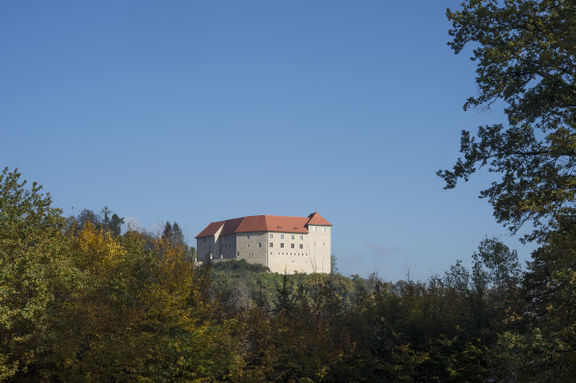Difference between revisions of "Rajhenburg Castle"
(imported from XML by extractor/importer) |
(imported from XML by extractor/importer) |
||
| Line 28: | Line 28: | ||
Within the castle are several profiled timberwork ceilings and terraced walls. A unique feature is the architectural decoration of the inner facades. On the first floor is an almost hidden secular Renaissance fresco by the Master from Marija Gradec (1530). | Within the castle are several profiled timberwork ceilings and terraced walls. A unique feature is the architectural decoration of the inner facades. On the first floor is an almost hidden secular Renaissance fresco by the Master from Marija Gradec (1530). | ||
| − | |||
[[Category:Monuments and sites]] | [[Category:Monuments and sites]] | ||
Revision as of 01:40, 18 November 2009
After 1884 Trappist monks moved into the castle, where they produced chocolate and liqueur. Then in April 1941 the Germans transformed the castle into the central camp for deporting Slovenes; during the course of World War II around 45,000 Slovenes were sent into exile from here. After World War II the castle continued to function as a prison, but in 1968 it became the home of the Museum of Political Prisoners, Internees and Deportees, Brestanica.
The Romanesque perimeter, built in the 12th century, is noteworthy for the structure and construction of the walls. The castle chapel retains its original Romanesque portal, although the two-storey building itself was sturdily reconstructed in the 16th century.
Within the castle are several profiled timberwork ceilings and terraced walls. A unique feature is the architectural decoration of the inner facades. On the first floor is an almost hidden secular Renaissance fresco by the Master from Marija Gradec (1530).



